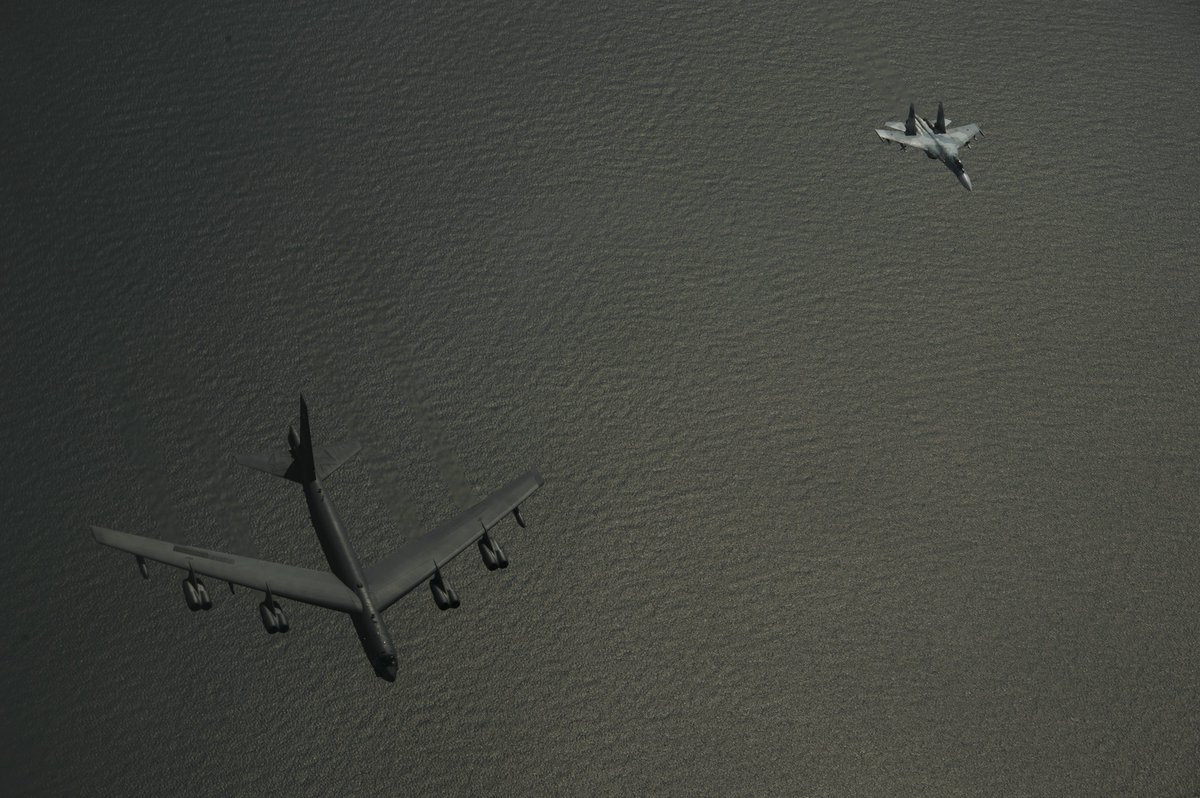Surprise only 25 years of autonomy for reactors not 50 !
Ford Aircraft Carriers Designed with Midlife Refuelings Planned
The Navy’s new class of nuclear-powered aircraft carriers will need midlife refuelings and overhauls much like those performed on the older Nimitz-class carriers, a senior Navy admiral said.
“The Ford class is designed for midlife refueling as well,” Vice Adm. Thomas Moore, commander, Naval Sea Systems Command, said in an answer to a question from Seapower.
Moore said that while designing a nuclear reactor to last the entire 50-year life of the ship was “technically feasible, it didn’t make sense from a cost standpoint. When you keep a ship 50 years you’ve got to bring it in to a midlife overhaul anyway. The refueling portion is only about 10 percent [of the refueling and comprehensive overhaul].”
Gerald R. Ford, delivered to the Navy on May 31, is designed for a service life of 50 years, and can expect to receive a three-year-long midlife refueling and comprehensive overhaul (RCOH) at the midpoint of that life, in the early 2040s.
The 10-ship Nimitz class is halfway through its RCOH cycle. Five carriers have completed RCOH and the sixth, USS George Washington, commissioned in 1993, is scheduled to begin its RCOH in August. The last Nimitz-class RCOH is expected to be completed in the early 2030s.
“It will be an eight-year gap,” Moore said of the period between the end of the RCOH for the last Nimitz-class ship and the beginning of the RCOH for Gerald R. Ford.
Moore noted that inactivations of Nimitz-class carriers beginning in the mid-2020s should counter-balance the gap in RCOH work as far as the workforce of Newport News Shipbuilding is concerned.



